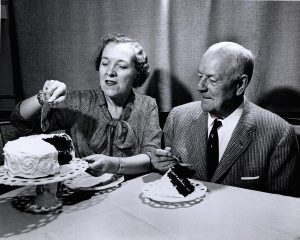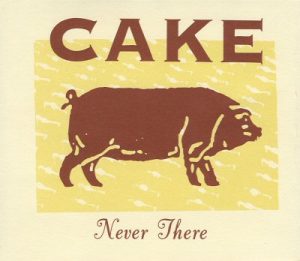I often go off and prematurely hit send.
But through the contributions of more experienced coaches, I’ve come to appreciate the value of the 24-hour rule.
 It means think about it, and is it really so important?
It means think about it, and is it really so important?
I had my first parents’ meeting of the new ice hockey season (because I have to say ice hockey in Australia) and stressed the 24-hour rule: Don’t talk to me during practice or games, don’t talk to me afterwards, give it 24 hours.
In turn, I will wait 24 hours until I say something.
Sure, this sounds like trivial maturity, but when adults and kids go to arenas, and put all that gear on, crazy things happen.
I’m the coach – and have put in the 40 hours of training, just like the 7 years of PhD training — and I am to be calm, like supervising PhD students who are freaking out.
According to Elizabeth Henson of The Advertiser, a top Adelaide restaurateur, embroiled in a fiery keyboard stoush with a customer he called “dimwitted”, says it’s time eateries “give as good as they get” when the butt of scathing online criticism.
Victory Hotel and Star of Greece owner Doug Govan let rip on Facebook after patron Jodie Clarke described the hotel as “rude and obnoxious” and “so unaccommodating” — and another, Emma-Jade Fowler, described “terrible customer service” after a booking mishap at the weekend.
Mr Govan branded Ms Fowler “dimwitted” and argued that businesses should be able to defend themselves on social media.
 But disgruntled Ms Fowler described the attack as bullying behaviour and said the Sellicks Hill hotel’s response was shameful and “disgusting.”
But disgruntled Ms Fowler described the attack as bullying behaviour and said the Sellicks Hill hotel’s response was shameful and “disgusting.”
Let’s just accept that we’re all dimwitted to varying degrees.
The Victory Hotel’s Facebook page was forced to temporarily shut down after Ms Clarke wrote about her experience at the hotel on Saturday night after the eatery was unable to accommodate her and her friends.
“You are rude, obnoxious and so unaccommodating,” she wrote on Facebook.
“We had a group booking of 17 people, yes 17 people, and every single one … has walked away disgusted.
“And every single one of us will tell every person we know our story of your terrible service and unhelpful, rude staff. We will never be back.”
Ms Fowler wrote “terrible customer service, you should be ashamed Victory Hotel” in reference to the booking problem.
This comment elicited an outburst from Mr Govan, which he says he now regrets.
“Terribly dim-witted Emma-Jade not-sure-what-my-first-name-should-be Emma or Jade, don’t get involved in something you don’t know anything about,” he wrote.
“Imagine one of your friends told you the sun wasn’t going to come up tomorrow. Would you agree just because they were a stupid, dim-witted friend? No, you wouldn’t. If one of your friends said I went to a restaurant with 17 people and they couldn’t find my booking? Yes, if you were a dim-witted imbecile, yes, possibly.
“But if they told you the truth and said that they had screwed up their booking, maybe you wouldn’t be wasting your time writing crap. But maybe you just love seeing your name on social media.”
Ms Fowler fired back. “At the end of the day, this is bullying and it will be taken further,” she wrote.
“You should be ashamed of the way you have responded, it’s disgusting.”
The hotel shut down its Facebook page on Monday night after a barrage of comments from those involved, as well as others, were posted about the incident. It came back online yesterday and offered an apology “for any offensive comments made on Facebook”.
A link to the Australian Competition and Consumer Commission complaints portal was included in the post.
 The department confirmed seven cases of E. coli stemming from the Chicken & Rice Guys Allston location, which supplies food to the chain’s other outposts. The problems led to the temporary suspension of its operating license, Boston Inspectional Services Commissioner William Christopher Jr. said.
The department confirmed seven cases of E. coli stemming from the Chicken & Rice Guys Allston location, which supplies food to the chain’s other outposts. The problems led to the temporary suspension of its operating license, Boston Inspectional Services Commissioner William Christopher Jr. said.










